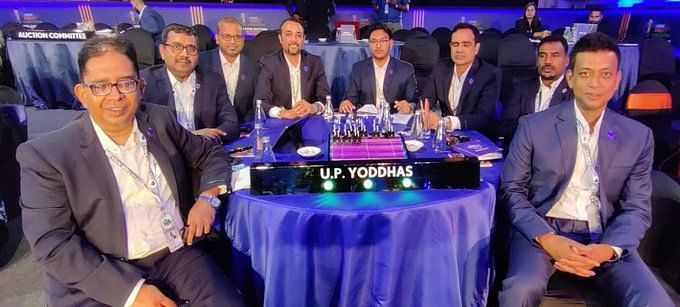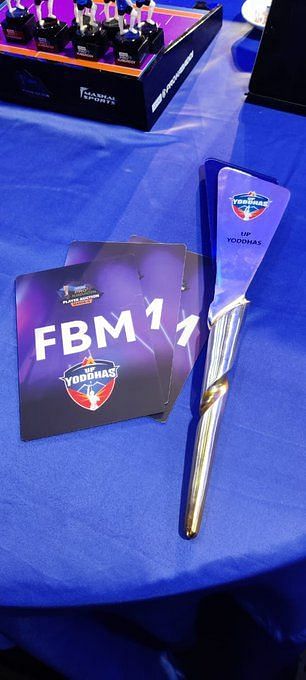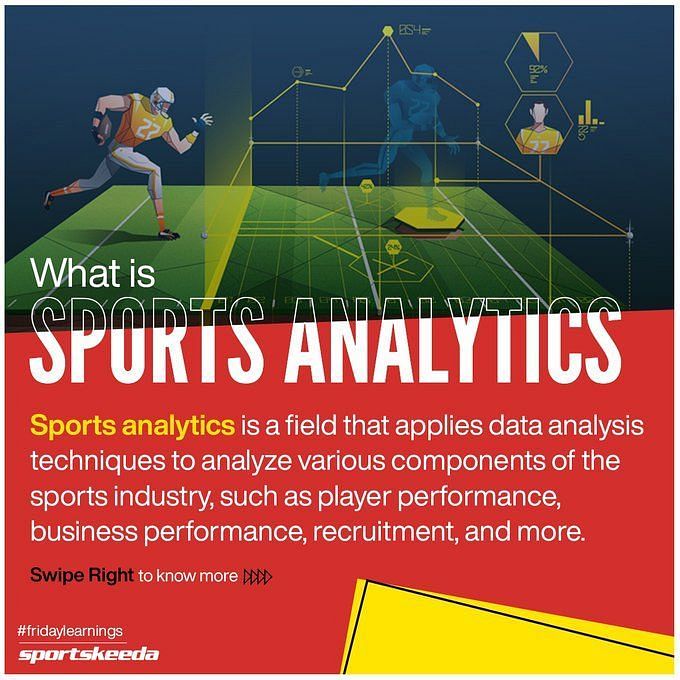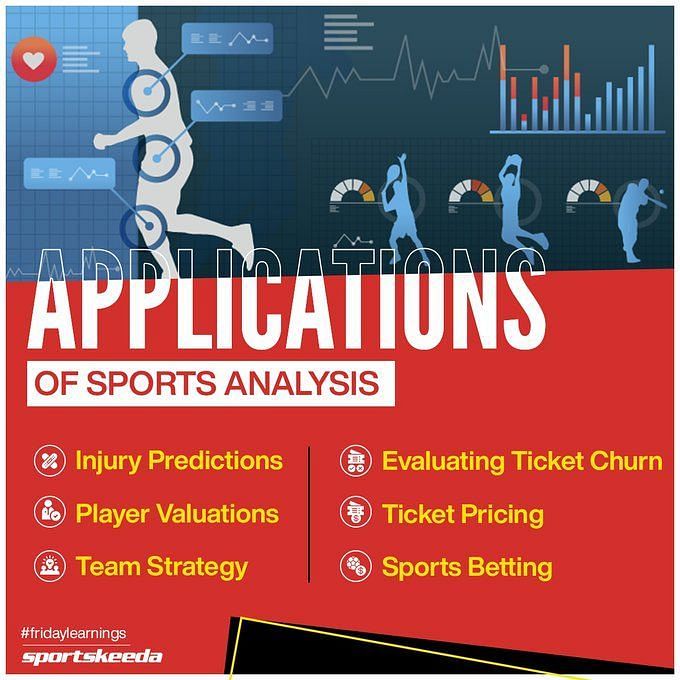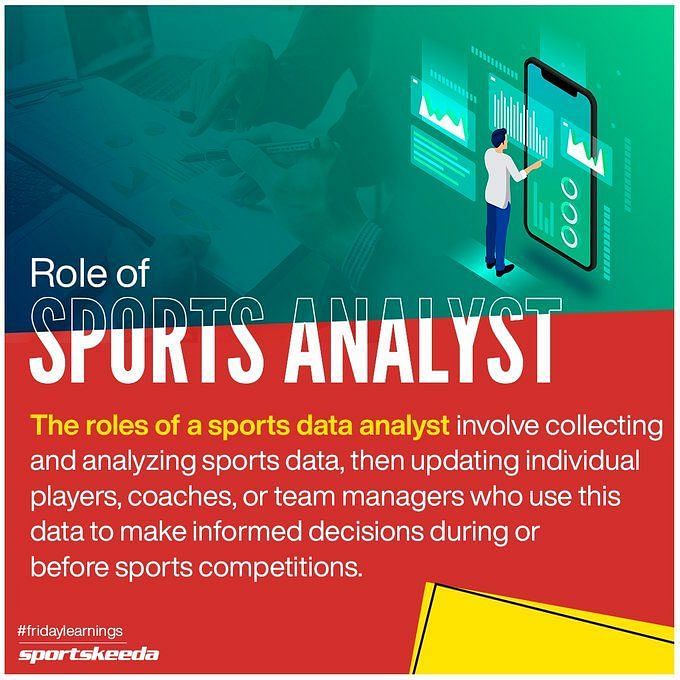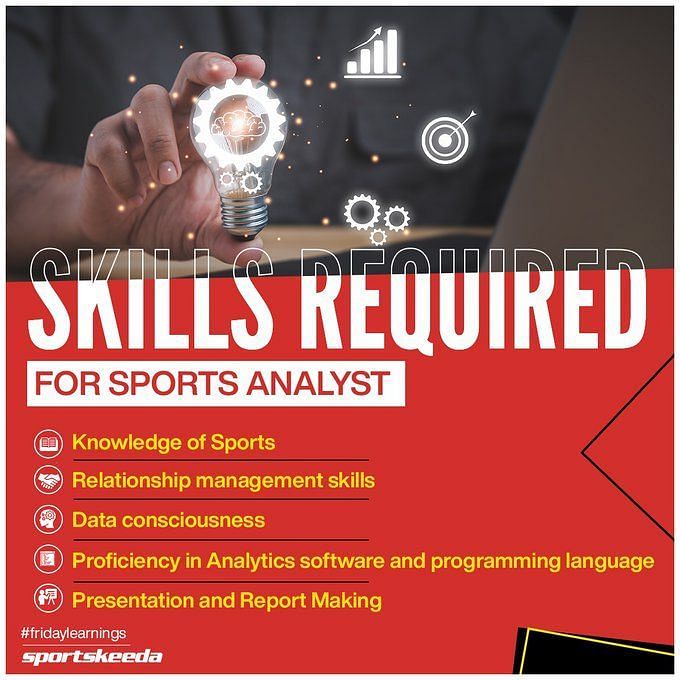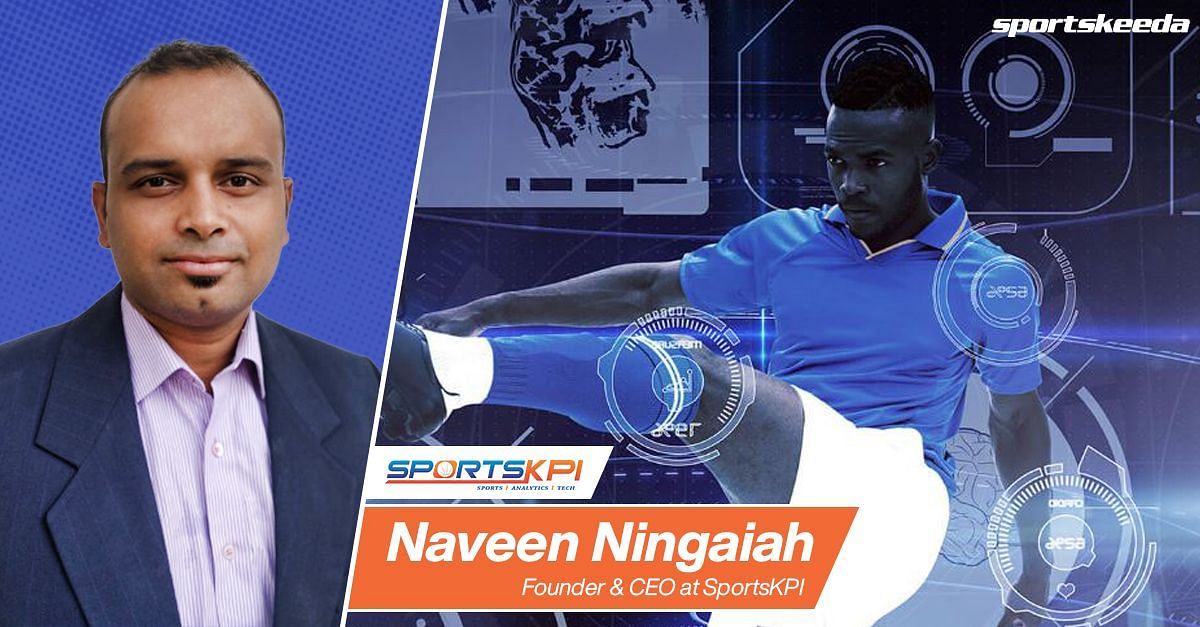
"Data analytics is the present and future of professional sport": Mr. Naveen Ningaiah, CEO & founder, SportsKPI
Data analytics is a field that applies data analysis techniques to analyze various components of the sports industry, such as player performance, business performance, recruitment, and more. Learnings from the analysis are then used to make informed decisions that enhance the performance of a particular team or sporting organization.
Over the past decade, India has made a big impact in the sporting world. Unlike in the past, India's recent successes at the Olympics and the Commonwealth Games have ensured that the country's sporting stars don't just consist of cricketers but come from a variety of disciplines.
To understand how India as a nation can continue to improve in sports, we caught up with Mr. Naveen Ningaiah, founder and CEO of SportsKPI. The company measures the KPIs (key performance indicators) of sports clubs, teams, and athletes to enable them to perform at their best on the field.
Born and brought up in Mysore, Naveen was hugely passionate about sports from a young age and represented his school and college teams in cricket and football. However, he followed his parents' dream and became an engineer, going on to work for corporates for 10 years.
Throughout this journey, however, he never lost his passion and love for sports, and he also began to take an interest in entreprenuership.
Soon, he got an opportunity to go to the Netherlands on a work trip, where he continued to make contacts and relationships with people in the sports industry. He later went on to volunteer for events like the Davis Cup and the I-League.
Naveen's first big break came when he became part of the inaugural ISL season, when he transitioned from an engineer into a sports entrepreneur.
Sports KPI founder Naveen Ningaiah on the importance of data analytics in sports, and more
Q. What are some of the challenges faced by sports analysts in India?
Naveen: When I initially started working with a football club as an analyst, I understood that there were a lot of things in the silos that were not working in tandem. One person was selling software, another was an analyst, someone was was recording the games, while one individual was creating reports.
That’s when I realized that these services could be brought under one roof to provide the customer with end-to-end services. I started collecting data points for different sporting events like the I-League and kabaddi and that’s how Sports KPI kicked off.
On a daily basis, some of the issues faced by analysts in India are that in sports other than cricket and football, they think analysts are photographers or videographers.
Another issue which we can all relate to is that in India, everyone thinks they are analysts. Analysts in India mainly share their opinions and thoughts; they need to back that up with quantified information that can help the client.
In individual sports, sustainability has been a major issue in hiring an analyst; who will bear the cost?
Lastly, clubs don’t see analyst work as a full-time role since leagues are only active for a short period of the year. So analysts have to adapt to these situations and work around them.
Q. What is the long-term vision and mission of SportsKPI?
Naveen: The vision of Sports KPI is to use technology, analytics, and wearables in the best possible way to improve an athlete or team’s performance.
The long-term goal or mission is to help athletes from a young age make decisions based on quantifiable analytical data rather than opinions through the naked eye. Being able to implement this for an athlete from the grassroots level and help make decisions that would eventually make a world champion would be the ultimate goal of Sports KPI.
Q. What is the reason behind the growing success of SportsKPI?
Naveen: I would say it starts with our employees. Every employee hired by us should not only have an understanding of analytics and technology but most importantly, have knowledge and background in sports.
Sports KPI places huge importance on understanding the athletes and coaches' behavior and mannerisms by being on the ground. This helps us in creating relevant data points for our clients. Speaking regularly with players, coaches, and management helps us understand the needs of the clients, and in doing so, we can provide the best possible solutions.
Another USP would be end-to-end solutions in which data collection, monitoring the data, building the analysis, and delivering that to the coach. If all these things are done well and the coach uses the solutions given to him based on the data, that’s when SportsKPI’s job has been successfully done.
And lastly, learn and develop from methods used in American and European countries and try to implement that into the Indian ecosystem.
Q. Which sport(s) in India use data analytics to their best advantage and which have the scope to improve their use of the same?
Naveen: We all know cricket is the most loved, followed, and understood sport in India, and therefore, without a doubt, this is the one sport that makes full use of data.
When it comes to Indian football, there has been great improvement in the top tier - the ISL. All teams now have their own data and performance analysis teams. Not only that, all teams are working hard to improve their scouting models, which will help them sign the right players.
In kabaddi, the lack of data has been an issue in analyzing the sport. But now, with the PKL (Pro Kabaddi League) becoming the second-most successful league in the country, there is a lot more data out there for analysts to work on.
A sport that has a major scope in data analysis is basketball. It is an untouched market in terms of data analysis when it comes to the Indian market, and there is plenty of learning that we can take from the NBA and start developing data here.
Q. Where do you see the future of sports performance, data, and technology heading into India?
Naveen: Data analytics is the present and future of professional sports. From a fan's point of view, I am very bullish on NFT, blockchain, and metaverse. The commercialization of sports and engagement through the aforementioned methods is going to bring in new sources of income.
From a player's point of view, I believed player wearables were something that would change the way data is collected, but since Covid, players are not okay with these things. Now, people are more into computer vision wherein cameras will act as AI, helping track data of players like distance cover, movement, etcetera. This will eliminate the requirements of wearbles.
Using all this available data and conveying the message out to the end user is going to be critical.
Q. With the boom in demand for analysts in sports, what advice would you give to hoping to transform their passion for sports into becoming a sports analyst?
Naveen: Understand the game well. Learn from the coaches' point of view and not from the fans' point of view.
Understand the requirements of the user - what is the need or purpose?
Be on-ground and build connections and contacts. Just go watch the matches. It does not need to be a top-level match; watch junior tournament matches, school, or state-level matches.
In your early days, be ready to volunteer to work for coaches. Showcase some of the work you have done, build a connection with the coaches, and just go ahead from there.

